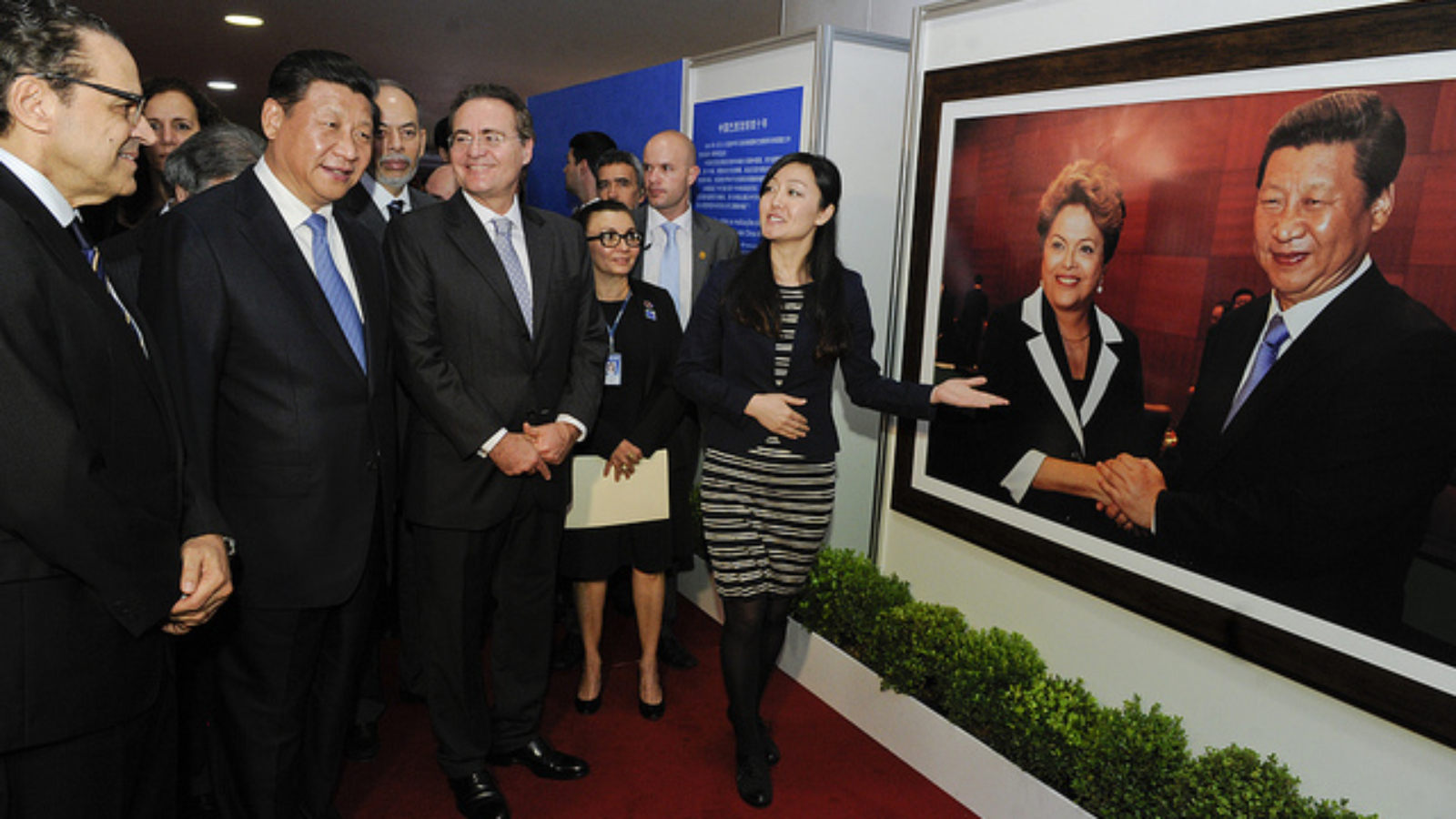by Sasha Mitchell
Seven months ago, the Nicaraguan government launched the biggest civil engineering project in the world. Over the next few years, thousands of workers and bulldozers will be digging and drilling through 640 square miles of land and forest. In the process, they will evict some 27,000 people and jeopardize the future of already endangered species. One hundred and eleven years after the opening of the Panama Canal, Central America is about to witness the construction of its second interoceanic waterway, the Nicaragua Canal.
In 2013, Nicaraguan President Daniel Ortega endorsed a Chinese firm, Hong Kong Nicaragua Canal Development (HKND), to carry out the $50 billion project and manage the canal for 50 years. Headed by Chinese billionaire Wang Jing, the company stated that it is confident that the colossal project will be completed within the next five years, a venture it hopes will strengthen Chinese economic presence in Latin America.
China has been active in Latin America for nearly three decades, originally in the oil and agricultural sectors. Although it still trails the U.S. in combined imports and exports, China is slowly catching up. Last year, Chinese companies announced a 37 percent increase in deals with Latin American countries, and earlier this year, President Xi Jinping predicted that annual bilateral trade could reach up to $500 billion in the next decade.
Since the mid-2000s, the country has also sought to increase its investment and financing activities in the region. According to Inter-American Dialogue, China has loaned a total of $119 billion to 15 Latin American countries to support a variety of infrastructure, energy, and mining programs as well as small-scale projects, such as house building in Venezuela. As early as 2010, China lent more to Latin America than the Inter-American Development Bank, the World Bank, and the U.S. Export-Import Bank combined for that year.
The reasons China is investing in and lending money to Latin American countries — mainly through China Development Bank and the Export-Import bank of China — are threefold. First, Chinese loans are welcomed with open arms. Many South American countries, such as Ecuador, Argentina, and Venezuela, have limited access to international credit markets, either because they have defaulted in the past or because their debt is badly rated. Consequently, China often constitutes one of their only options. Moreover, Chinese banks will sometimes offer lower interest rates than their Western rivals.
Secondly, Latin American government structures suit Chinese companies. “In general, the countries China invests in are run in a top-down manner, and so is China,” said Margaret Myers, director of the China Latin America Program at Inter-American Dialogue. “This is a government structure that a lot of Chinese companies feel comfortable with. They realize that if they speak to the government they can get things done fairly easily.”
Finally, there are natural resources. Chinese banks often back their loans to otherwise non-creditworthy borrowers with oil (“loans for oil”) to mitigate the risks and reduce the cost of lending.
The strengthened economic relations between Latin America and China do not come without risks. Excessive borrowing coupled with the subsequent increase in debt-to-GDP ratio could jeopardize future growth and stability of countries like Ecuador and Venezuela, whose debt-to-GDP ratio has risen steadily over the past few years. Many observers, as well as local NGOs, have also expressed concerns about the potential environmental consequences of Chinese presence, stating that the environmental guidelines of Chinese banks and companies aren’t as strict as those of their Western counterparts.
“The negative impact of Chinese companies on the environment is not entirely clear yet,” Margaret Myers says. “And I think it’s important to emphasize that there is simply not enough evidence. My own observation is that we’ve seen some indications of standards erosion or backsliding in sectors where China happens to have a strong presence, whether in terms of finance or foreign direct investments. It’s an interesting coincidence worth exploring in further depth.”
As for the Nicaragua Canal, a project that has sparked criticism for its expected environmental toll, “I don’t know if anyone actually knows what’s happening there”, Margaret Myers told World Policy Journal. Although digging officially began in December 2014, very little progress has been made since then. “The question is whether it’s actually going to happen or whether it’s some kind of smoke and mirrors thing that a lot of people think it is. And I think it all comes down to whether the project has Chinese government support, because it is not clear yet whether it does,” said Myers.
Chinese loans to Latin America have more than tripled since 2010. Regardless of the canal’s fate, Chinese money will continue flowing into the region, whether or not it ultimately benefits the local economy and the rainforests.
*****
*****
Sasha Mitchell is an editorial assistant at World Policy Journal.
[Photo courtesy of Senado Federal]